
New Bern, a boringly normal town ‘proud to wear the bear’

New Bern is a typical small town in North Carolina. There’s nothing very special about it, and any Swiss influence is hard to find. However, photographer Michael von Graffenried has discovered there’s more to it than meets the eye in his book Our Town.
The settlement, on the eastern coast of the United States, was established by Swiss and German immigrants in 1710. One of these was Christoph von Graffenried, a Bernese nobleman and the 1st Baron of Bernberg.
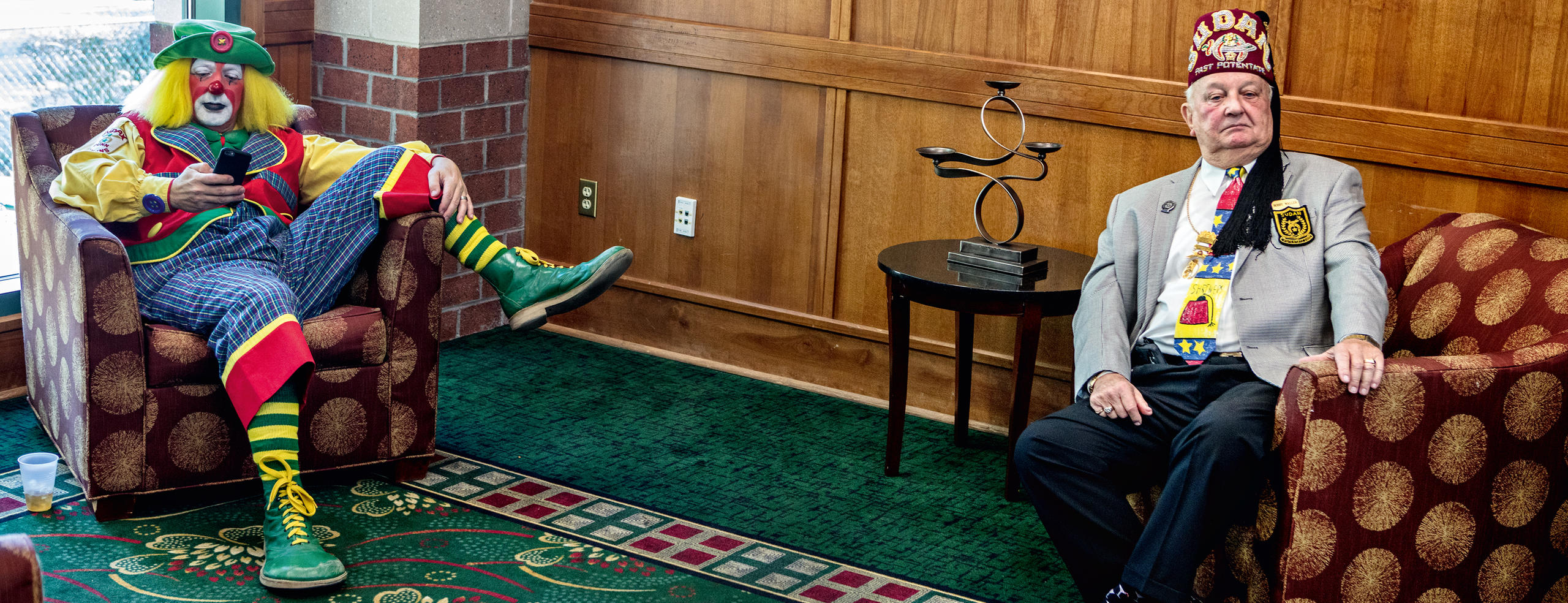
Von Graffenried, who was deep in debt and had fallen out with his family, had great hopes of making a fortune in the New World.

He emigrated at a time when the Swiss authorities wanted to buy land in one of the British colonies to resettle a few hundred “unwanted elements” – the poor and religious dissidents, mainly Anabaptists.
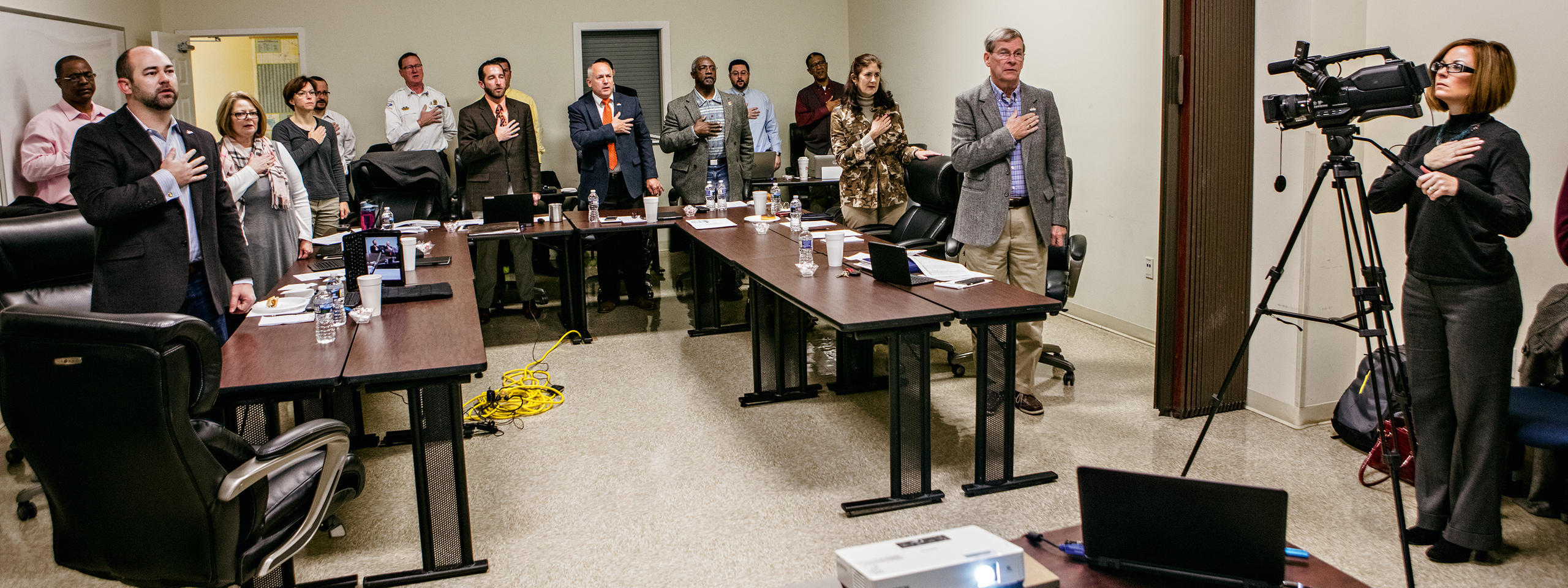
However, three years after cofounding New Bern, von Graffenried returned to Switzerland impoverished after indigenous people attacked his settlement. He survived by pretending to be a king and left; his son Christoph stayed.
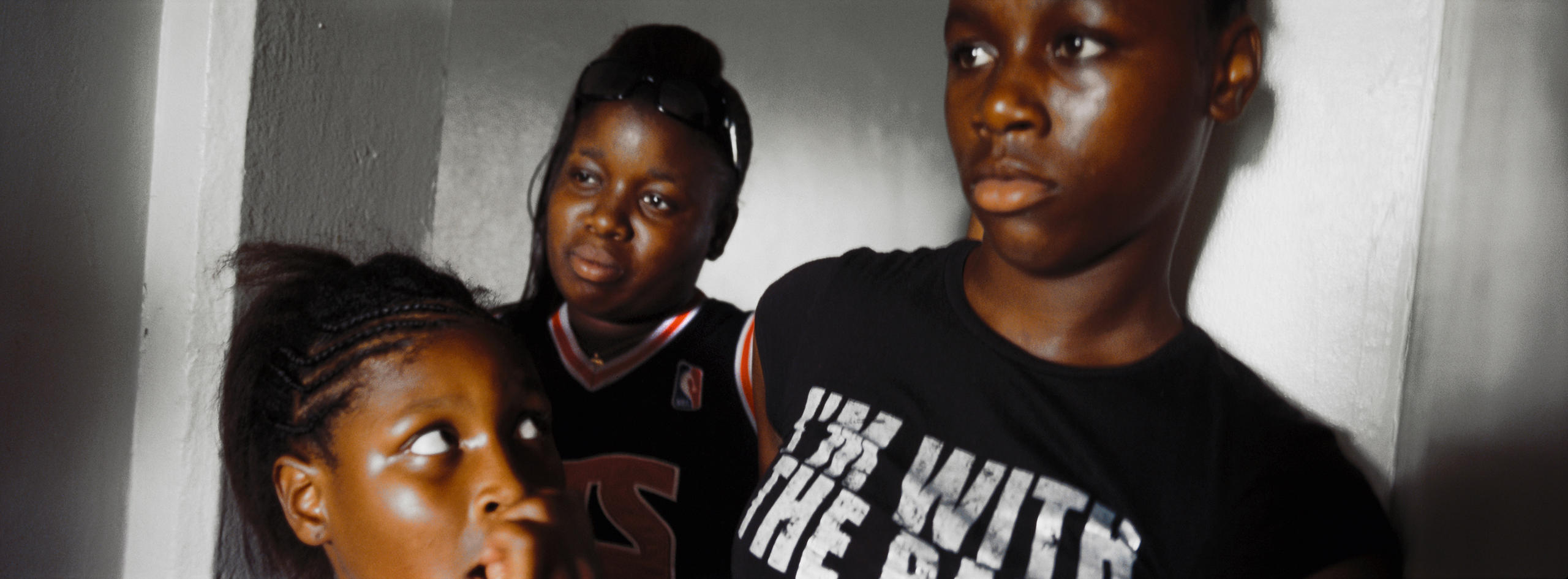
Three hundred years later, Michael von Graffenried, a Swiss photographer, set off for New Bern to explore the town with his camera. He is a descendant of the city’s founder, but the exact relationship is hard to say: “Our family is so big, it’s hard to keep track,” he says.
Our TownExternal link is Michael von Graffenried’s photographic portrait of New Bern, a small town in North Carolina on the east coast of the USA with 30,000 inhabitants. 55 percent white and 33 percent black inhabitants. Here, at the confluence of the Neuse and Trent Rivers, Christoph von Graffenried from Bern, Switzerland, an ancestor of the author, built the first houses in 1710 and gave the town the name of his hometown. 240 pages, 120 illustrations, clothbound, 30.5 x 24 cm
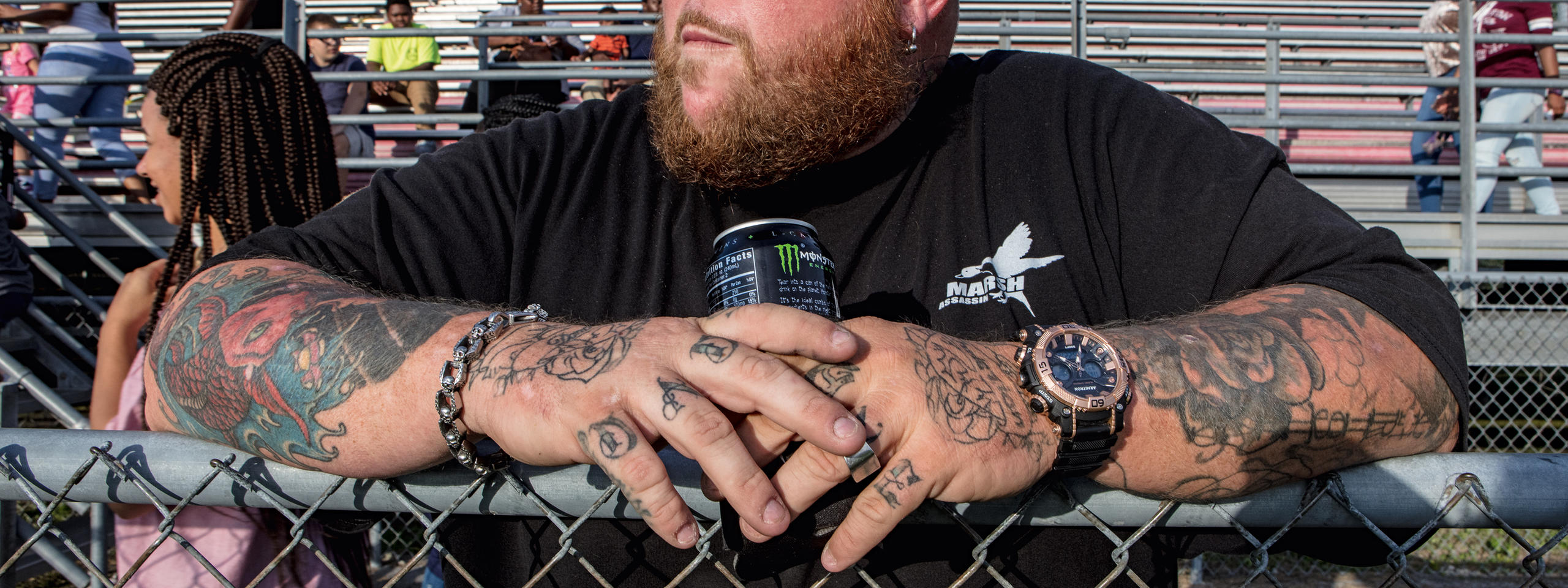
Michael von Graffenried has made a name for himself with his panoramic photographs that reach into the essence of his subject.
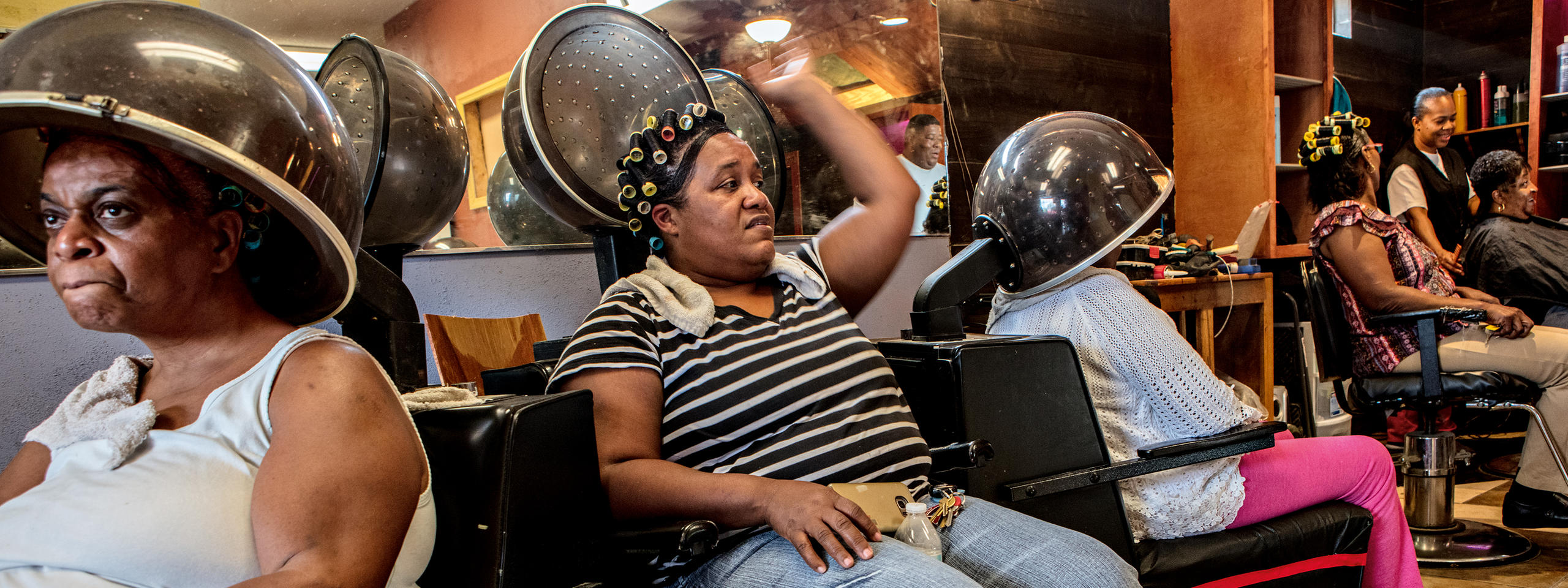
When he takes photographs, he does not look through the viewfinder. He uses his intuition to press the shutter holding the camera at chest level. This way, his subjects don’t realise they are being photographed. “As soon as you point a camera at Americans, they pose. I wanted to avoid this,” he explains.
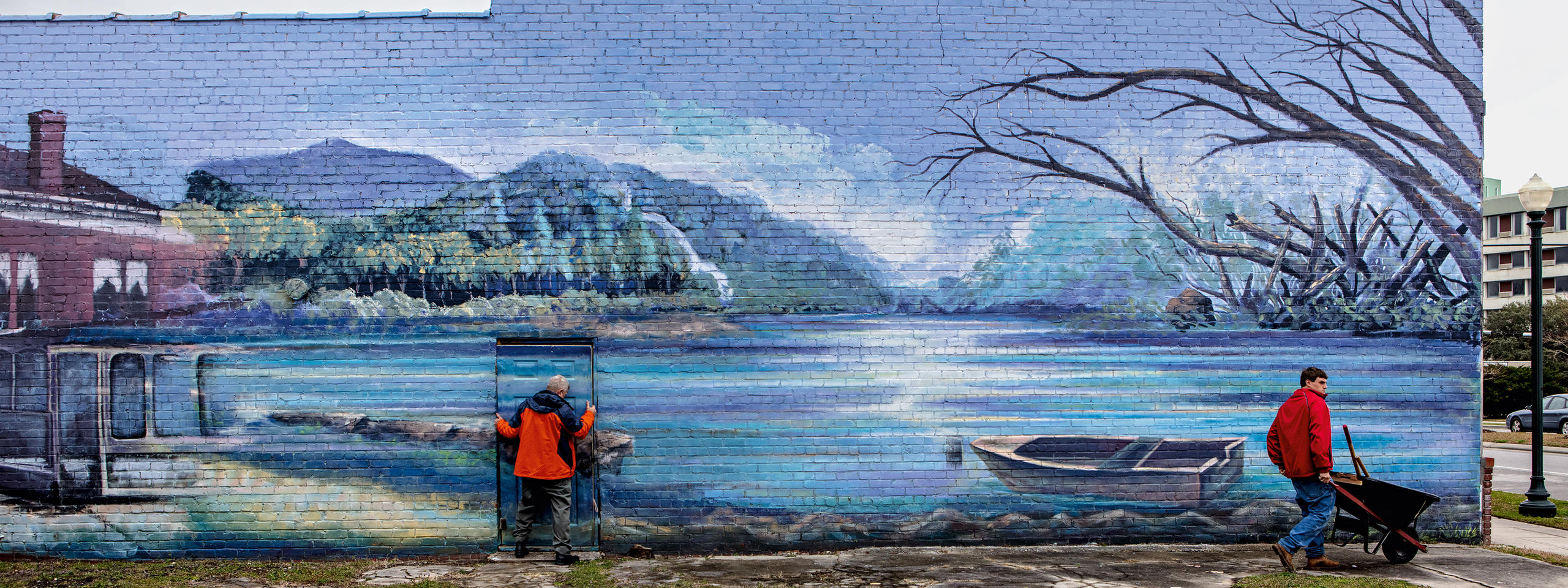
Life is slow in New Bern, much as it is in any other small rural American town. Most restaurants and bars in the historic town close at 8pm, and there is hardly a soul to be found in the centre after dark.
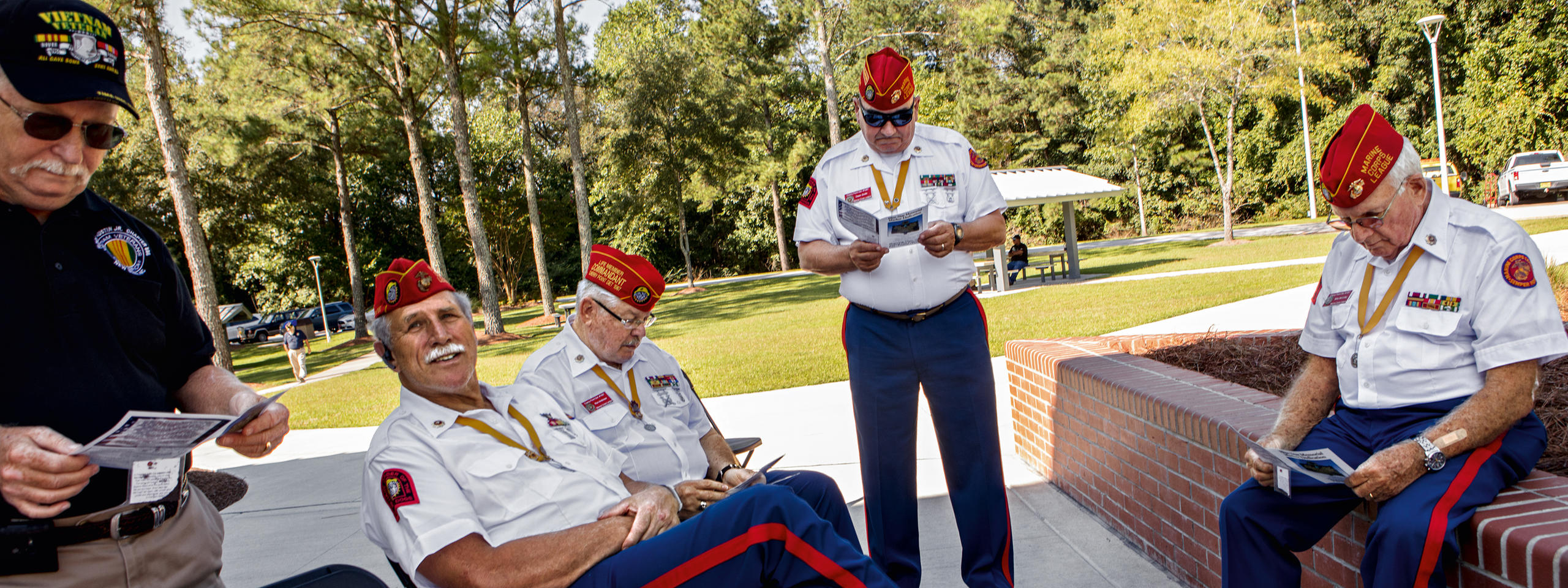
Bern’s coat of arms – a bear on a red and yellow background – is ubiquitous. Flags bearing the image flap in the wind next to the American flag. Some of the public vehicles and police cars even have the slogan “Proud to Wear the Bear”.
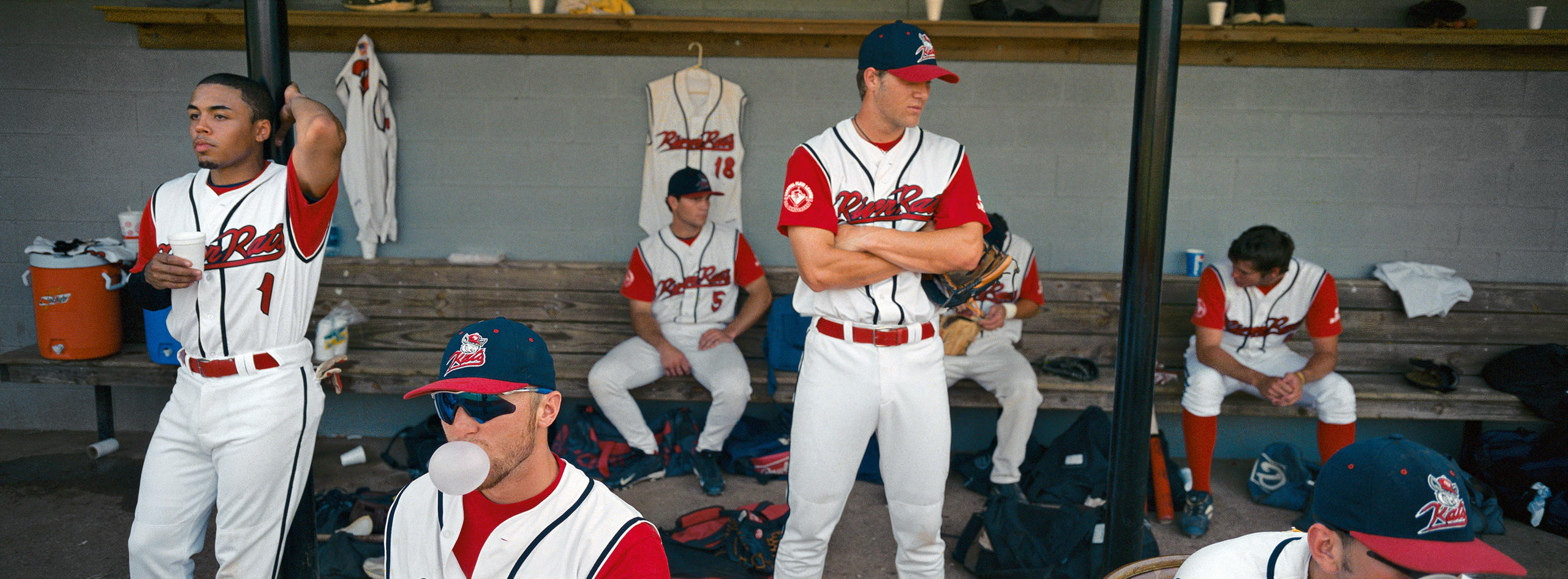
Michael von Graffenried created “patient images of everyday life that do not pass judgement on the citizens of the city”, according to a press release for the photo album.
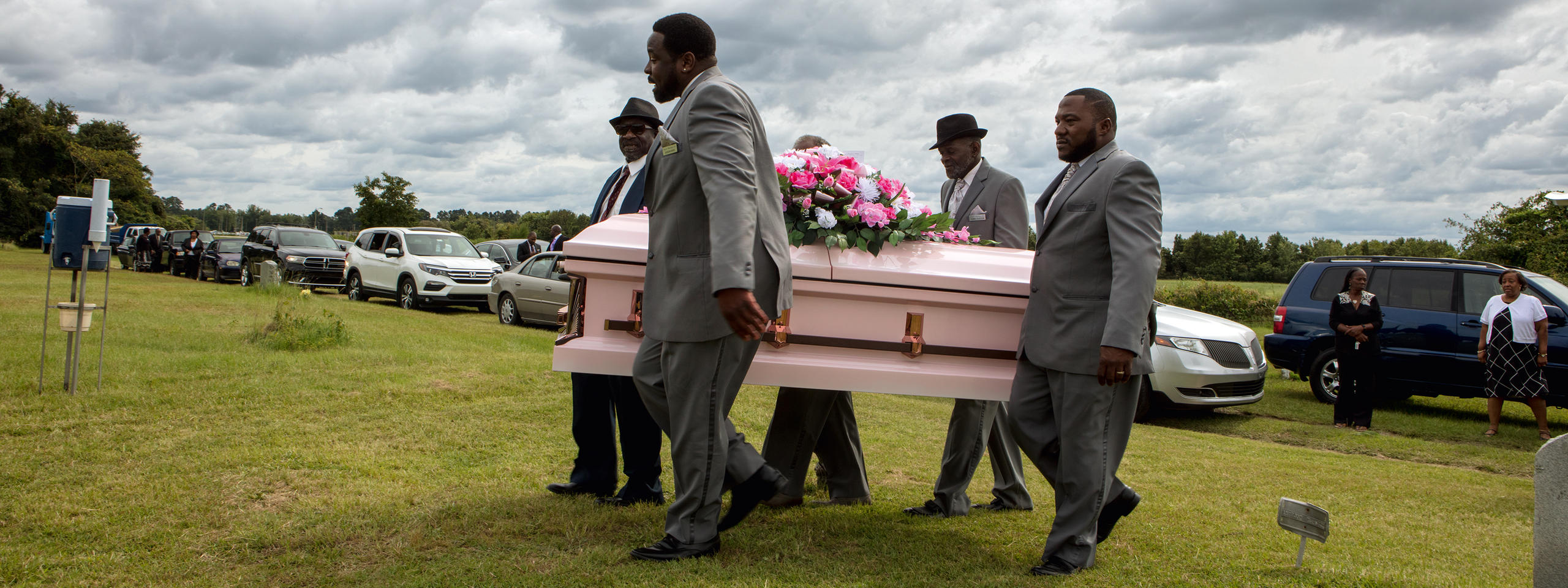
New Bern is a typical provincial American town where people live in caravan parks, social housing, small and big family houses, and mansions on the outskirts of the town. Shopping malls are located on the main traffic arteries.
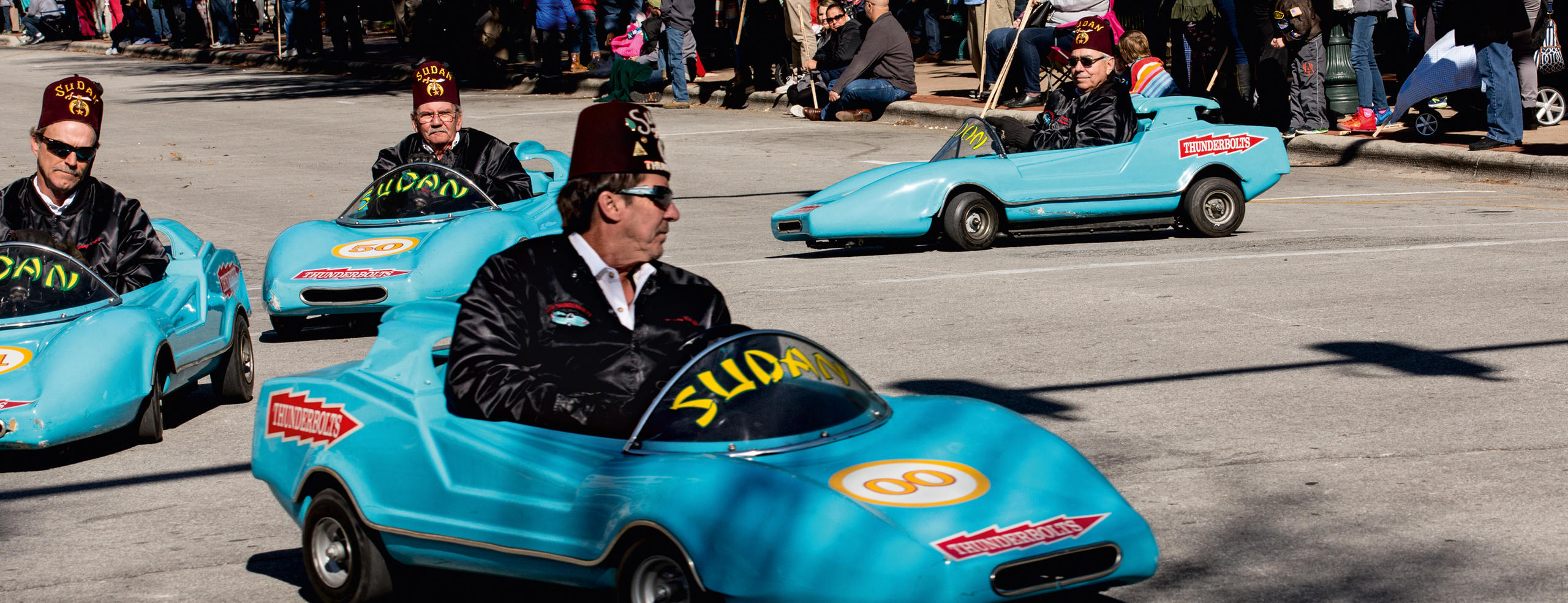
There are 100 churches for New Bern’s 33,000 residents. The town lies in the Bible Belt where 55% of the population are white, and 33% are black. “New Bern is split in two: the black and the white New Bern,” von Graffenried says.
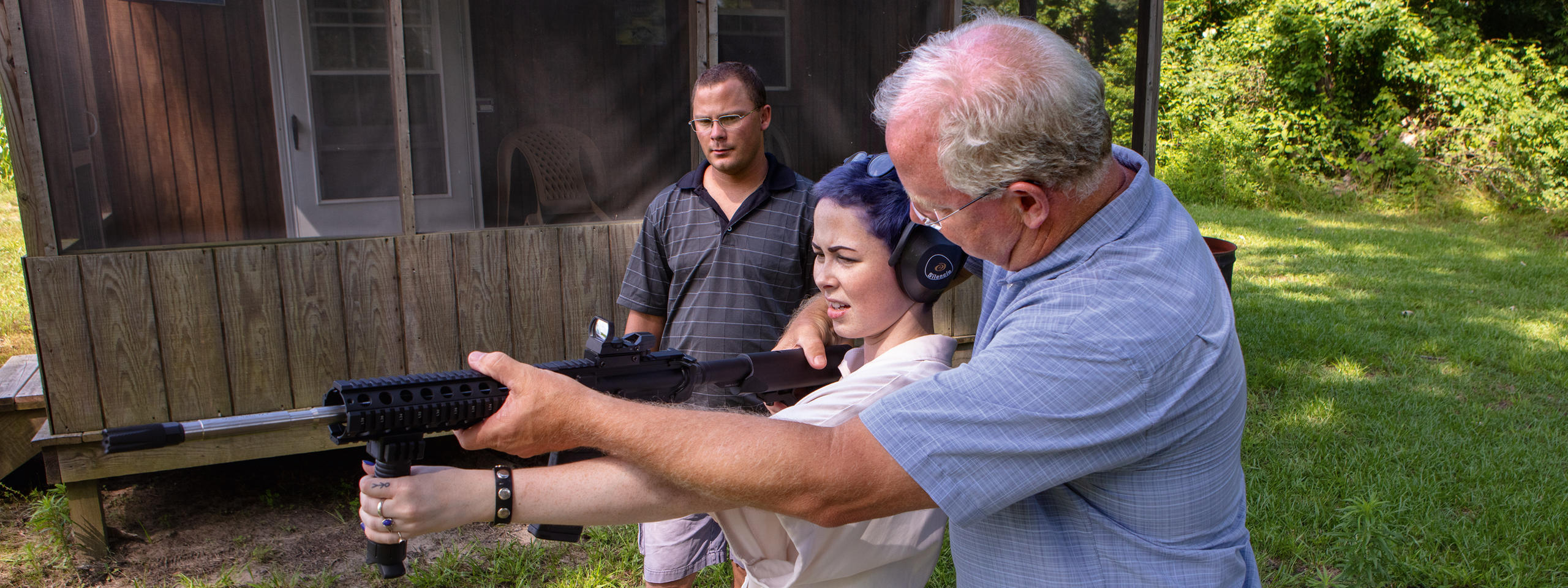
“All my projects take time, and I often return – like a criminal to the crime scene,” he admits. Over the past 15 years he has travelled to North Carolina several times. He has made friends but also some foes.
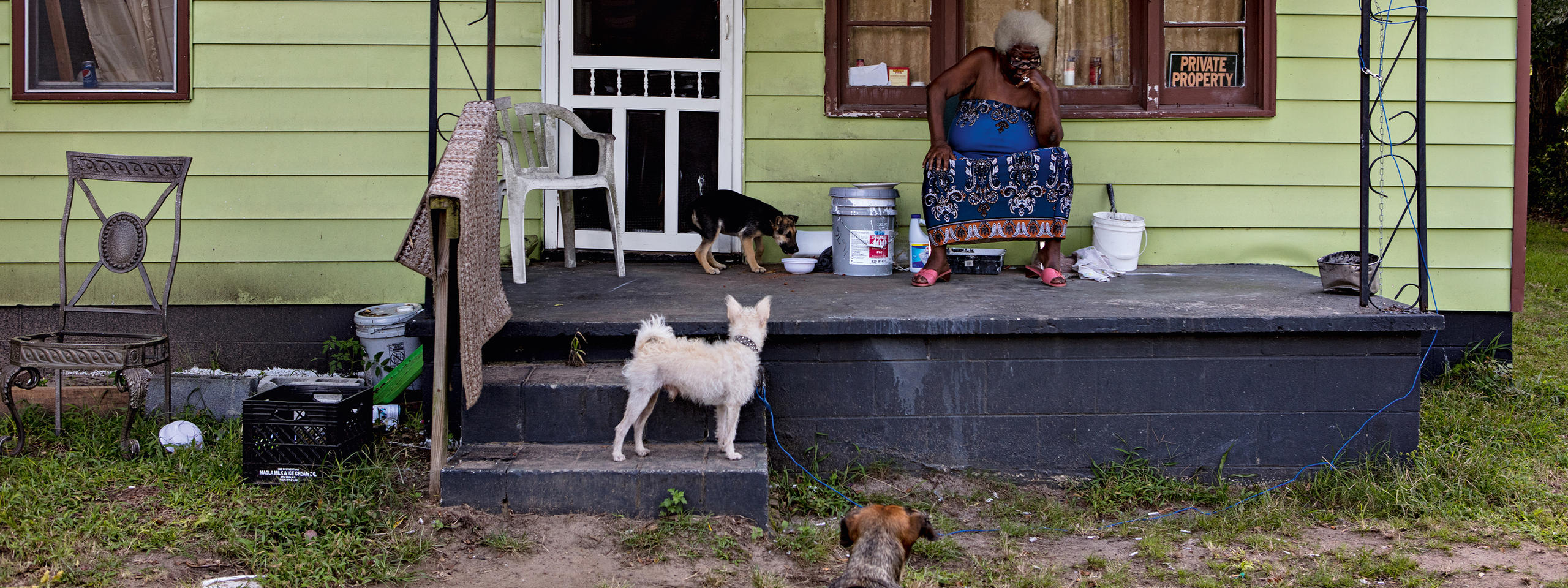
The local media have written several articles about his work. Some even accused him of painting New Bern in a bad light.
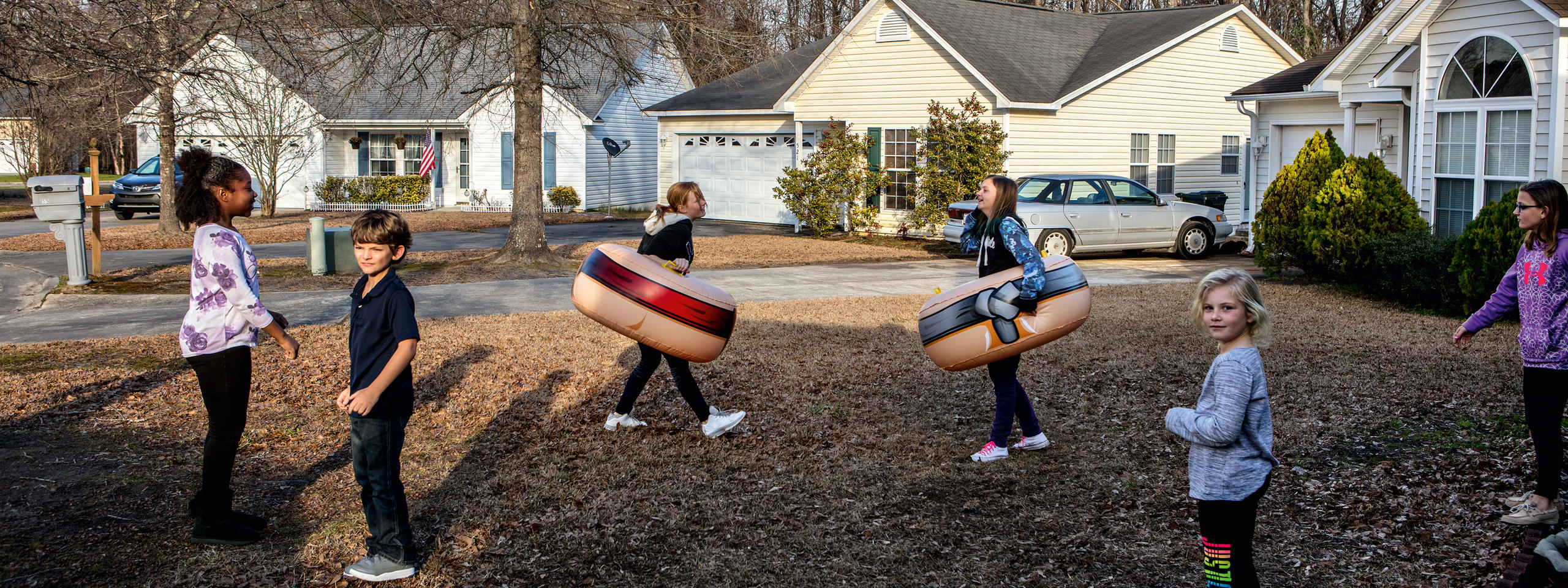
The North and the South clash in North Carolina; this long-standing US rift runs straight through the state – and straight through the heart of the town.
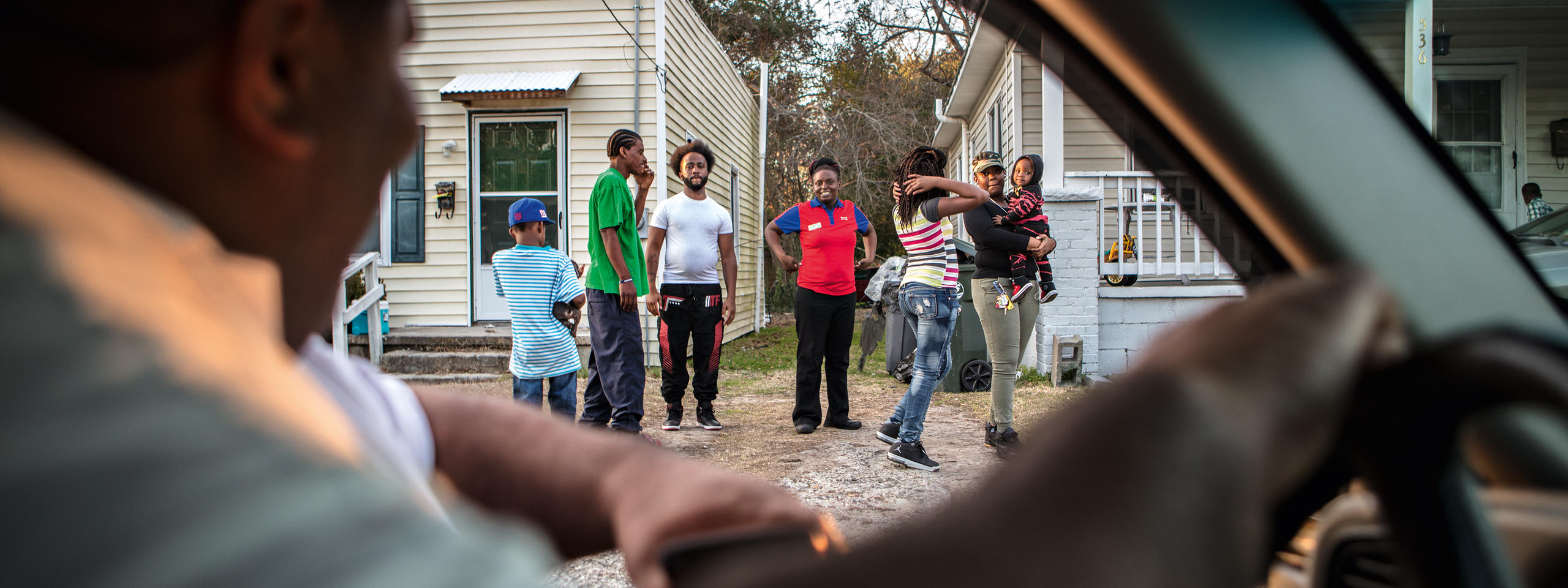
In June 2020 there was the biggest ever demonstration in New Bern after George Floyd was killed by white police officers. The demonstration was one of many going on across the country during the “Black Lives Matter” protests. This was the first time racism was publicly acknowledged in the town.
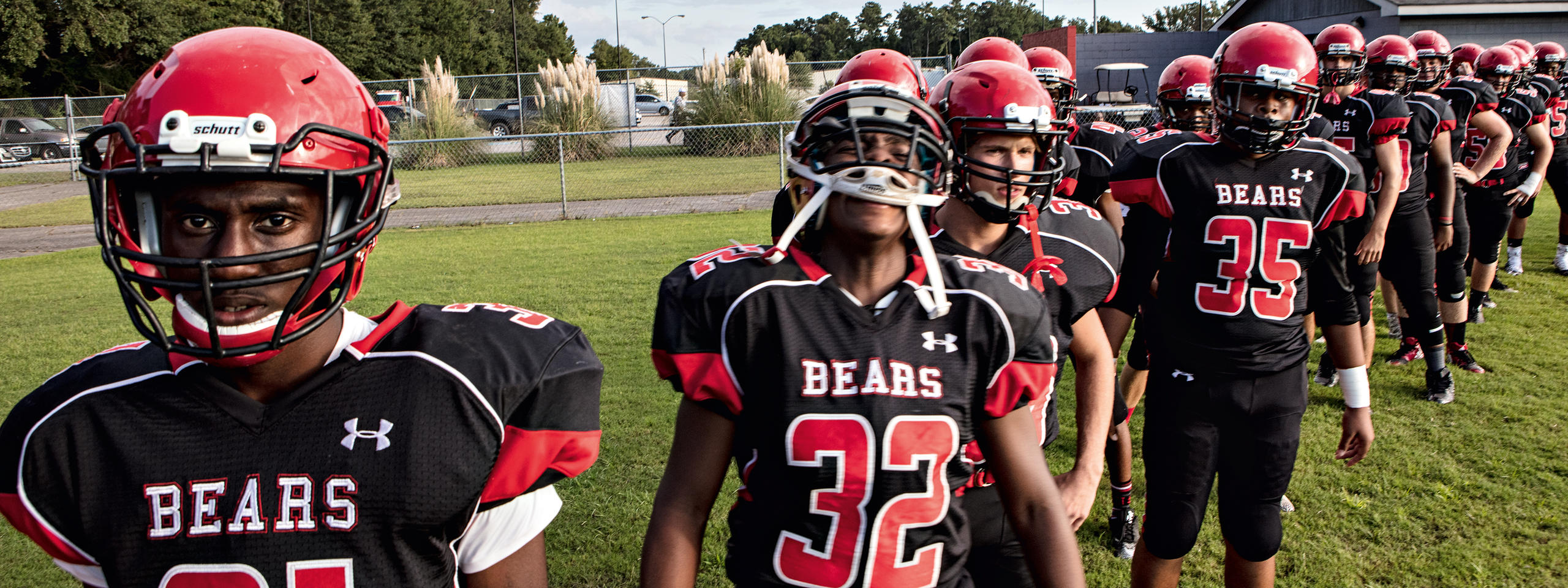
In Graffenried’s photo album there are no captions underneath the large panoramas of New Bern. “I did this on purpose, so you can fully engage with the photos,” he explains.
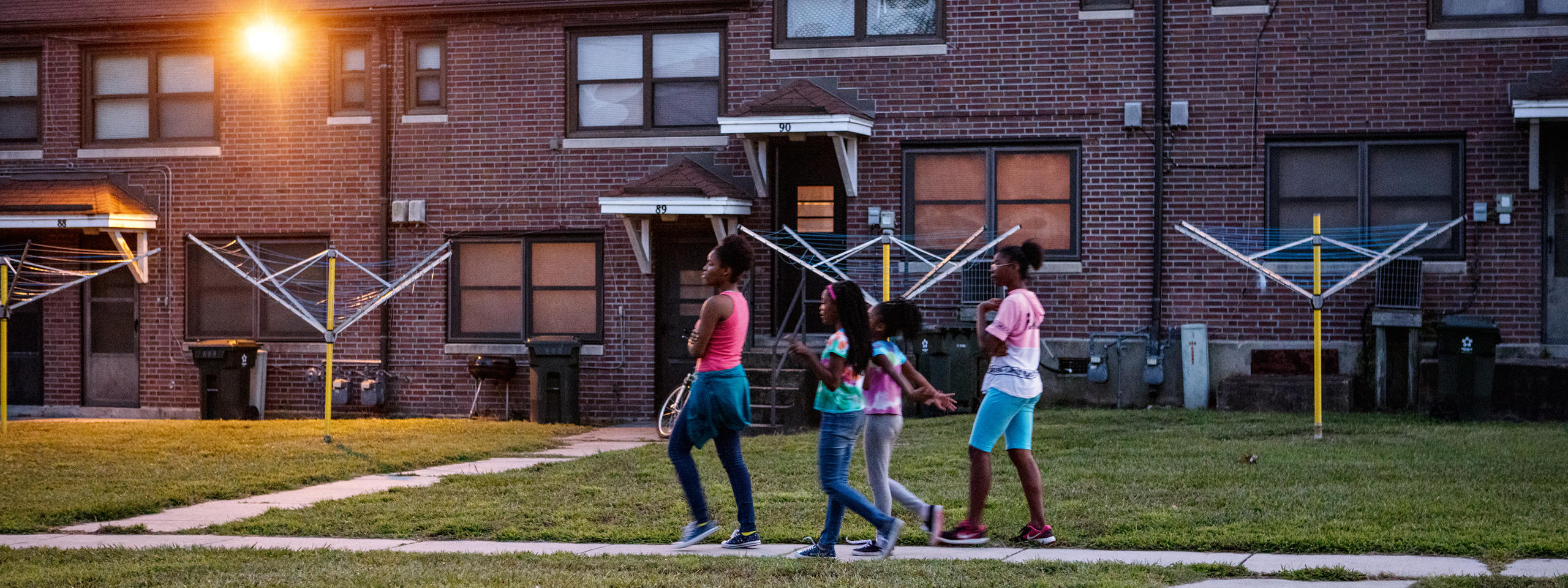
“It’s a boring town, and I’ve often asked myself what I was doing there. But it has forced me to take a closer look.”
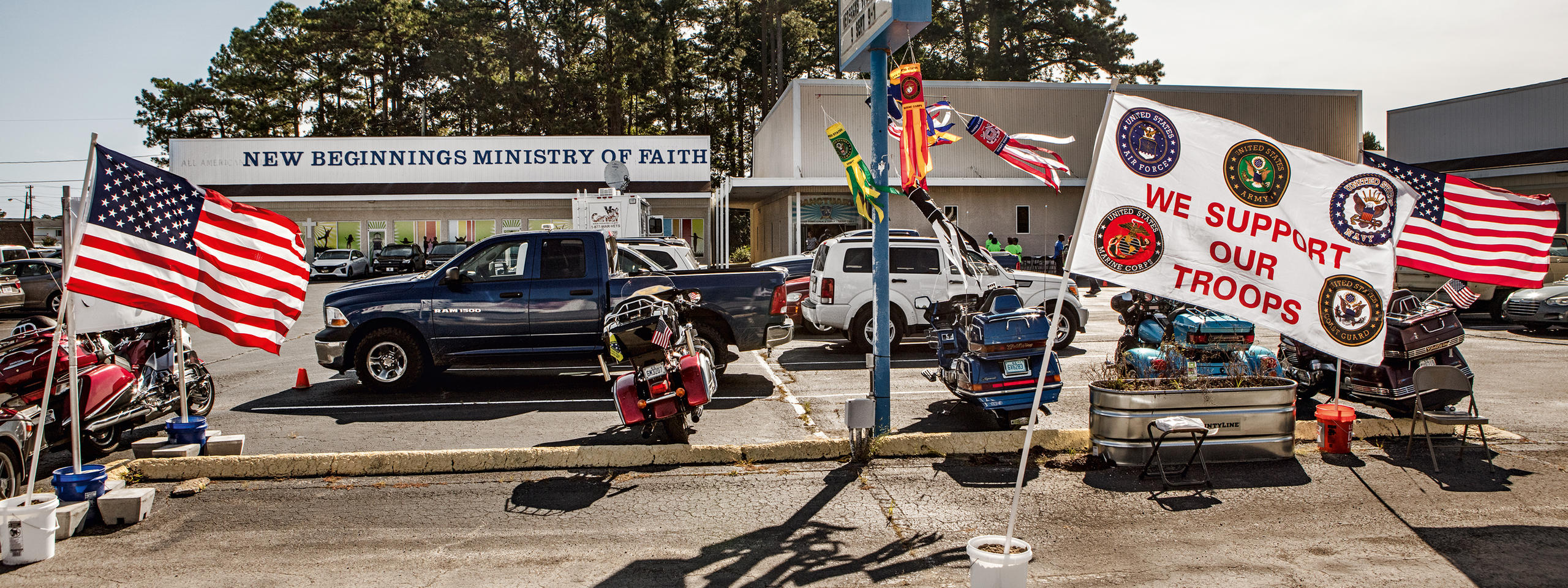
While his name has given him access to the white population, black residents don’t care about his historical connection.

At a church service von Graffenried happened to meet a well-connected social worker. “We hit it off immediately and he showed me the other side of New Bern,” he said in an interview with Migros-Magazin.
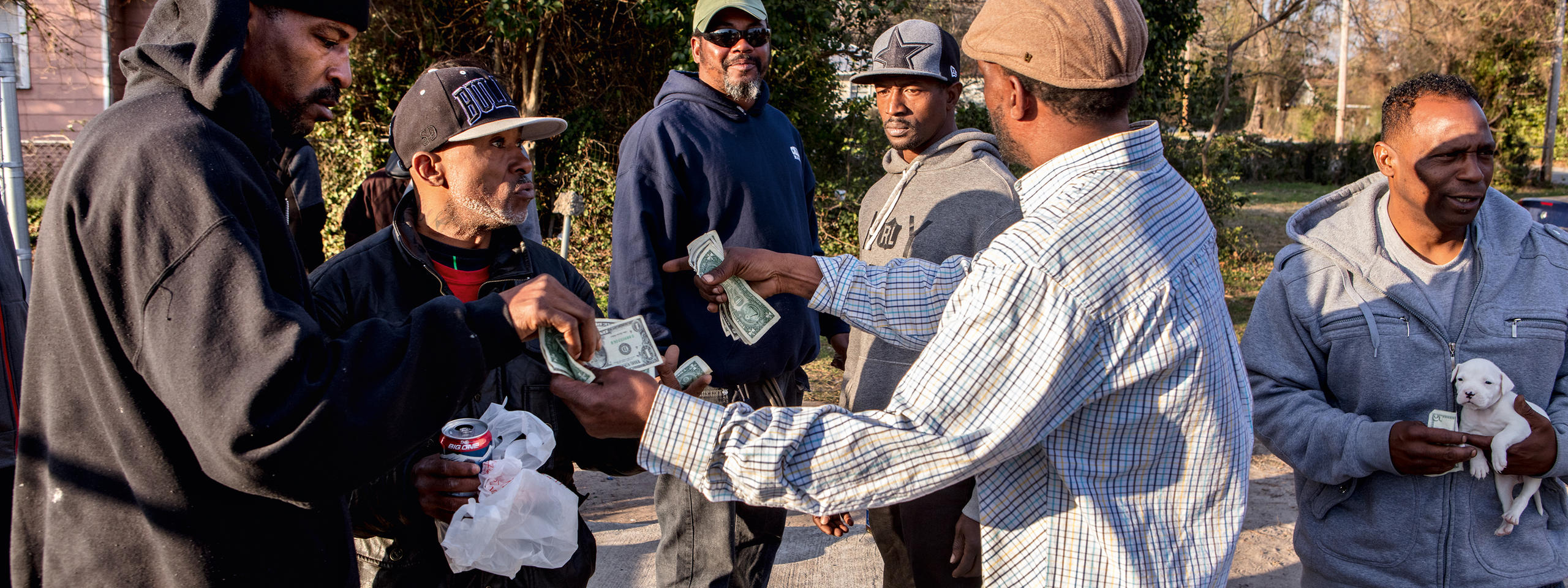
“The political polarisation of the country was also obvious in New Bern, but I feel that the black population has gained more self-confidence in the wake of the Black Lives Matter movement,” he said, remembering his most recent visit in November 2020.


In compliance with the JTI standards
More: SWI swissinfo.ch certified by the Journalism Trust Initiative


























Join the conversation!